Paul Dille
RISE Video Dataset: Recognizing Industrial Smoke Emissions
May 20, 2020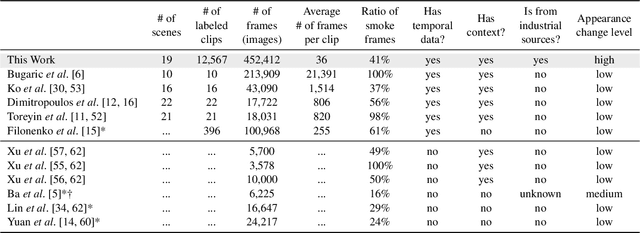
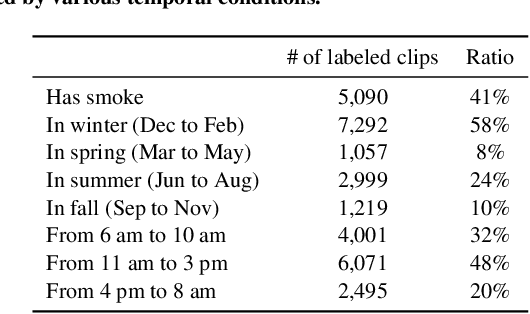
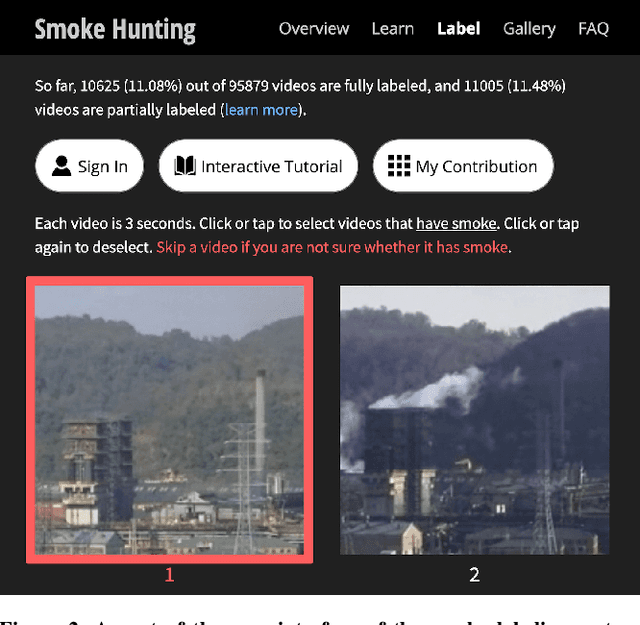
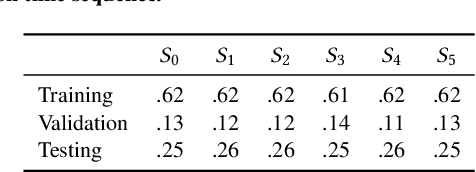
Abstract:Industrial smoke emissions pose a significant concern to human health. Prior works have shown that using Computer Vision (CV) techniques to identify smoke as visual evidence can influence the attitude of regulators and empower citizens in pursuing environmental justice. However, existing datasets do not have sufficient quality nor quantity for training robust CV models to support air quality advocacy. We introduce RISE, the first large-scale video dataset for Recognizing Industrial Smoke Emissions. We adopt the citizen science approach to collaborate with local community members in annotating whether a video clip has smoke emissions. Our dataset contains 12,567 clips with 19 distinct views from cameras on three sites that monitored three different industrial facilities. The clips are from 30 days that spans four seasons in two years in the daytime. We run experiments using deep neural networks developed for video action recognition to establish a performance baseline and reveal the challenges for smoke recognition. Our data analysis also shows opportunities for integrating citizen scientists and crowd workers into the application of Artificial Intelligence for social good.
Smell Pittsburgh: Engaging Community Citizen Science for Air Quality
Dec 30, 2019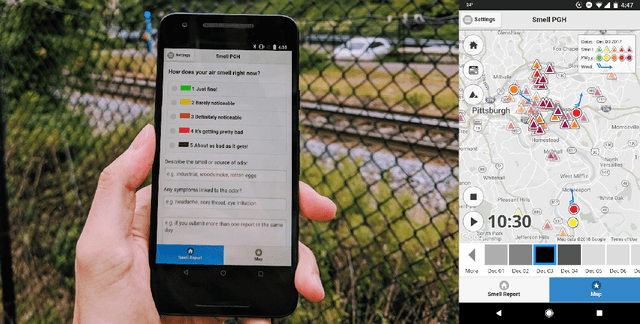



Abstract:Urban air pollution has been linked to various human health concerns, including cardiopulmonary diseases. Communities who suffer from poor air quality often rely on experts to identify pollution sources due to the lack of accessible tools. Taking this into account, we developed Smell Pittsburgh, a system that enables community members to report odors and track where these odors are frequently concentrated. All smell report data are publicly accessible online. These reports are also sent to the local health department and visualized on a map along with air quality data from monitoring stations. This visualization provides a comprehensive overview of the local pollution landscape. Additionally, with these reports and air quality data, we developed a model to predict upcoming smell events and send push notifications to inform communities. We also applied regression analysis to identify statistically significant effects of push notifications on user engagement. Our evaluation of this system demonstrates that engaging residents in documenting their experiences with pollution odors can help identify local air pollution patterns, and can empower communities to advocate for better air quality. All citizen-contributed smell data are publicly accessible and can be downloaded from https://smellpgh.org.
Industrial Smoke Detection and Visualization
Sep 17, 2018
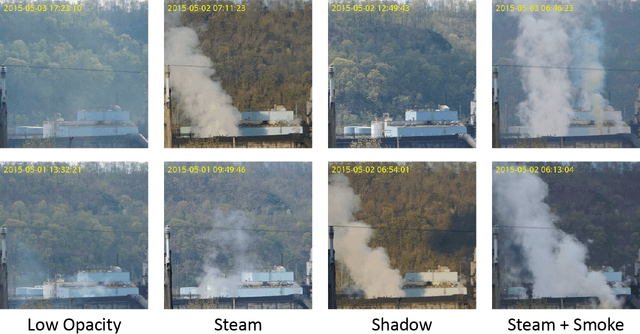
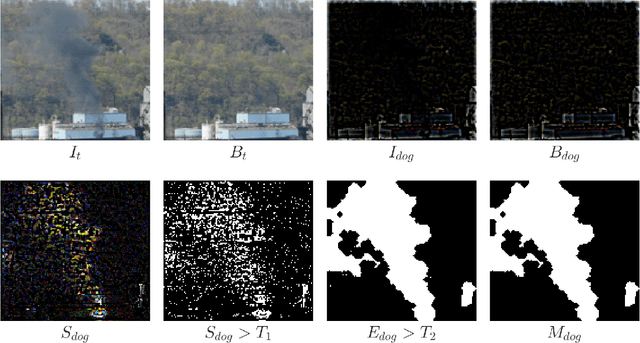
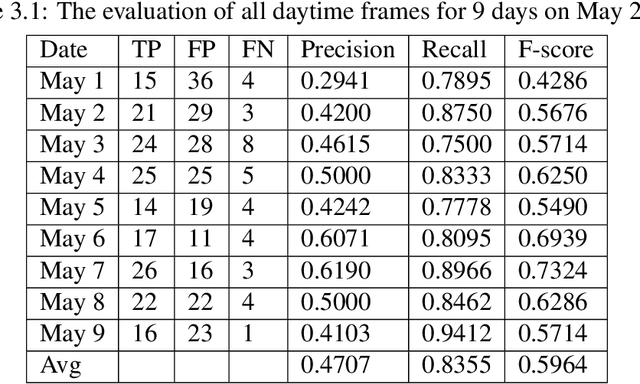
Abstract:As sensing technology proliferates and becomes affordable to the general public, there is a growing trend in citizen science where scientists and volunteers form a strong partnership in conducting scientific research including problem finding, data collection, analysis, visualization, and storytelling. Providing easy-to-use computational tools to support citizen science has become an important issue. To raise the public awareness of environmental science and improve the air quality in local areas, we are currently collaborating with a local community in monitoring and documenting fugitive emissions from a coke refinery. We have helped the community members build a live camera system which captures and visualizes high resolution timelapse imagery starting from November 2014. However, searching and documenting smoke emissions manually from all video frames requires manpower and takes an impractical investment of time. This paper describes a software tool which integrates four features: (1) an algorithm based on change detection and texture segmentation for identifying smoke emissions; (2) an interactive timeline visualization providing indicators for seeking to interesting events; (3) an autonomous fast-forwarding mode for skipping uninteresting timelapse frames; and (4) a collection of animated smoke images generated automatically according to the algorithm for documentation, presentation, storytelling, and sharing. With the help of this tool, citizen scientists can now focus on the content of the story instead of time-consuming and laborious works.
 Add to Chrome
Add to Chrome Add to Firefox
Add to Firefox Add to Edge
Add to Edge